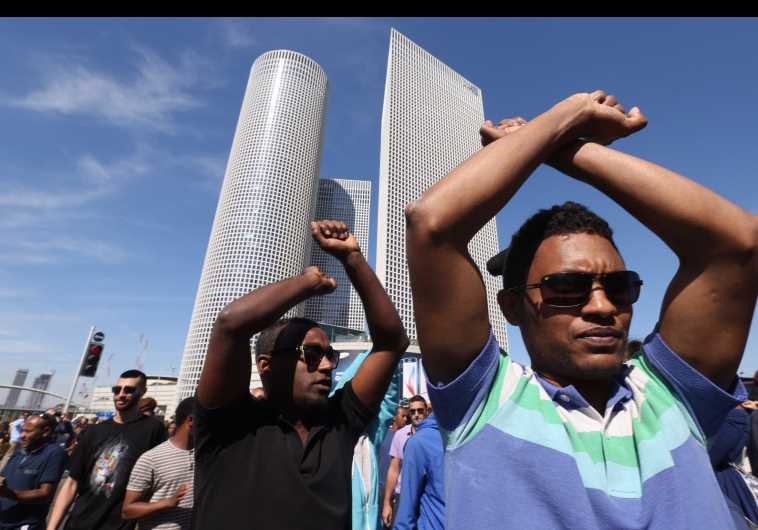Jews of action, Jews of silence
There is not a single issue facing the Ethiopian community in Israel that can’t be resolved through enlightened philanthropy and government action.
 Ethiopian - Israeli protest against racism, police brutality in Tel Aviv.(photo credit: MARC ISRAEL SELLEM/THE JERUSALEM POST)
Ethiopian - Israeli protest against racism, police brutality in Tel Aviv.(photo credit: MARC ISRAEL SELLEM/THE JERUSALEM POST)